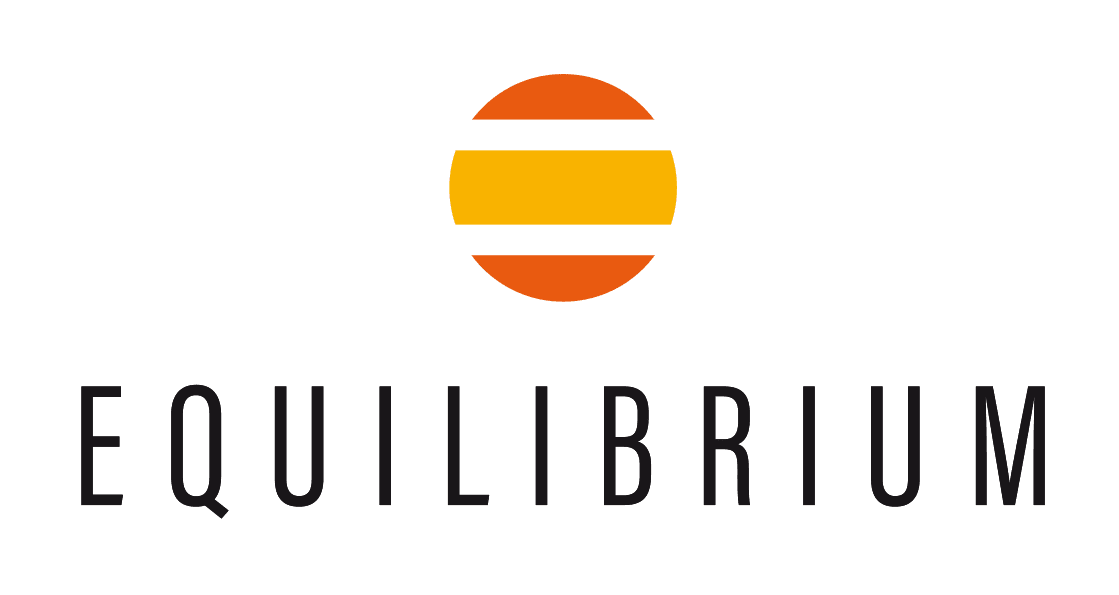1 year product guarantee
Free delivery on most orders over £40
Rated 4.9/5 stars on Feefo

Researched & tested products

Innovating for over 20 years!
Supporting Redwings Horse Sanctuary & Brooke
Feefo Gold Trusted Service Award Winner
Get more time to pay with Klarna
Why horses are born snackers
In the wild horses browse almost continuously, nibbling small parts from a variety of plants, and taking in relatively small amounts per bite. It’s well known that this intrinsic need to snack remains in our own horses.
It’s what they are designed to do
Horses are browsing herbivores that have evolved over the centuries to process the grasses, shrubs and other herbaceous plants that formed their natural diet for millennia. Fibre from forage remains the most important part of the diet. As a basic rule of thumb, a horse should eat a minimum of 1% of its bodyweight per day as forage-fibre. This is equivalent to 5kg for a 500kg horse.
Their digestive system fits with the principle of frequent small meals: saliva is only produced when chewing – on the basis that a horse expects to chew for a large proportion of the time. 1 kilo of dry forage for instance requires approximately 3400 chews.
In addition, horses have relatively small stomachs that continuously produce acid to begin the breakdown of the feedstuffs (on the basis that food is consumed almost continuously); and a relatively small small-intestine. However they have a highly developed large intestines hindgut adapted to digest the natural fibre in the diet.
But they don’t always get the chance
In the wild, horses browse and forage for food for 16-18 hours per day. Domesticated horses, even those stabled, will eat for 60% of the time when given free access to forage.
But there are many instances when a horse does not get an opportunity to munch for the extended time it is hardwired to expect, for example –
- When fed a restricted diet – overweight or those prone to laminitis may be on restricted rations to aid weight loss;
- When forage is not ad lib, particularly some haylages that can be eaten quickly.
- Competition and racehorses where the energy demands of their sport mean that less forage is consumed and increased levels of compound feed. Compound feed is eaten much more quickly than forages.
- At a show, when waiting between classes or for the prize-giving
- When waiting in for the vet or farrier
Long periods without food, against their physiological design, can affect both mental and physical health. Gastric ulcers occur as a result of the imbalance between continuously produced acid and buffering saliva arriving intermittently via discrete meals; stereotypical behaviours may be associated with same or be related to the innate need to browse and chew not being fully met.
Category
Feeding and Nutrition, Nutrition, WellbeingThe munch factor - let them snack...
In these situations born snackers can have snacks, but these must have the following essentials features:
A perfect digestive fit
The ability to satisfies foraging instincts
Some added nutritional worth
Be eaten slowly
And be store and feed.
